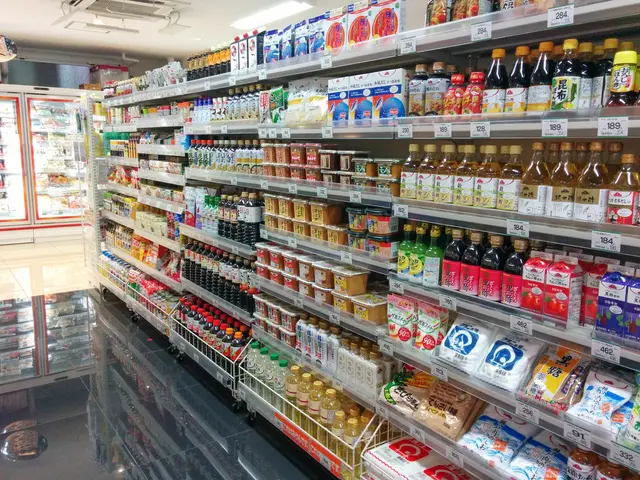Reduce energy consumption now!
In the year 2025, a significant shift in electricity pricing has taken place. Electricity providers are now obliged to introduce variable tariffs that react to the availability of green electricity, ushering in a new era of energy savings and green living.
Under these new tariffs, the cost of electricity for new customers is set at 27.3 cents per kilowatt-hour. The reduced prices are a direct result of lowered procurement costs due to the high availability of renewable energy.
The variable tariffs contribute to the energy transition by maximizing the use of green electricity. The summer, with its abundance of solar power, is an ideal time for saving electricity. Consumers can optimize their energy consumption through the automated control of heating, air conditioning, and lighting systems, as well as by operating appliances like washing machines or dishwashers at times of particularly favorable prices.
These flexible tariffs often include time-of-use (TOU) pricing, which charges electricity rates that vary depending on the time of day, day of the week, or season. Rates tend to be higher during peak demand periods (such as weekday afternoons and evenings) and lower during off-peak times (like nights and weekends).
Smart home solutions play a crucial role in this new energy landscape. By leveraging these technologies, consumers can shift their electricity use to cheaper periods, reduce standby or "vampire" power usage, and take full advantage of dynamic electricity pricing structures. Smart devices automatically adjust energy usage based on occupancy and environmental conditions, while smart thermostats and energy management systems learn from patterns and weather forecasts to efficiently pre-heat or pre-cool homes, reducing heating and cooling consumption by up to 26% compared to conventional systems.
Moreover, smart meters enable participation in TOU pricing and demand response programs, which reward shifting or reducing consumption during peak periods. Real-time energy monitoring via smart meters and connected devices provides detailed data on electricity use and cost, helping homeowners identify high-consumption appliances and adjust behavior.
The benefits of these variable tariffs are significant. A four-person household, for instance, can save up to 200 euros per year due to the lower electricity prices. Around 1.8 million households can expect more favorable terms.
Negative electricity prices, a result of an excess of renewable energy, are also a reality under these new tariffs. In June 2025, there were 141 hours with negative electricity prices on 22 days. This means that consumers can benefit from low prices when a lot of solar or wind power is generated.
In conclusion, the introduction of variable electricity tariffs in 2025 represents a major step forward in the energy transition. By embracing smart technologies and adapting their energy consumption habits, consumers can lower their bills while maintaining comfort and contributing to a greener future.
- In the renewable-energy industry, the finance sector has a crucial role, as it facilitates the lowering of procurement costs, enabling providers to offer reduced electricity prices.
- Personal-finance management becomes more essential than ever under these variable tariffs, as consumers can optimize their energy consumption to save money, benefiting from lower electricity prices offered by the renewable-energy industry.
- With the abundance of renewable energy and the emergence of flexible tariffs, such as time-of-use pricing, growing numbers of households within the finance industry can anticipate potential savings of up to 200 euros per year, contributing to a greener and more sustainable future.






